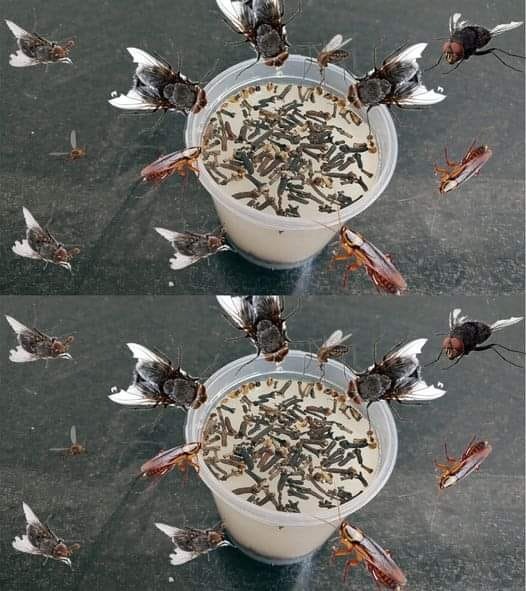What It Means to Have Small Breasts: Understanding and Embracing the Benefits
Do you ever find yourself feeling unsure about having small breasts? If so, you're not alone—but there's a lot more to it than you might think. In this article, we’ll explore what having small breasts actually means, how it's perceived, and the genuine benefits that come with it.
What Defines Small or Large Breasts?
Before diving in, it helps to understand how breast size is typically classified. It's not just about numbers on a bra tag—proportion plays a big role. Breast size is best considered in relation to your overall body frame, including height, shoulder width, and weight. While sizes can vary across brands and regions, generally speaking, a size below 85 (in European sizing) is considered small, while a size above 100 is seen as large.
While larger breasts have traditionally been associated with attractiveness in popular culture, beauty standards have shifted. Nowadays, a more natural and proportional appearance is increasingly celebrated—making smaller breasts not only acceptable but stylish and desirable.
The Perks of Having Smaller Breasts
Let’s move past the myths and highlight the real advantages of having small breasts—beyond appearance.
1. Less Sagging Over Time







